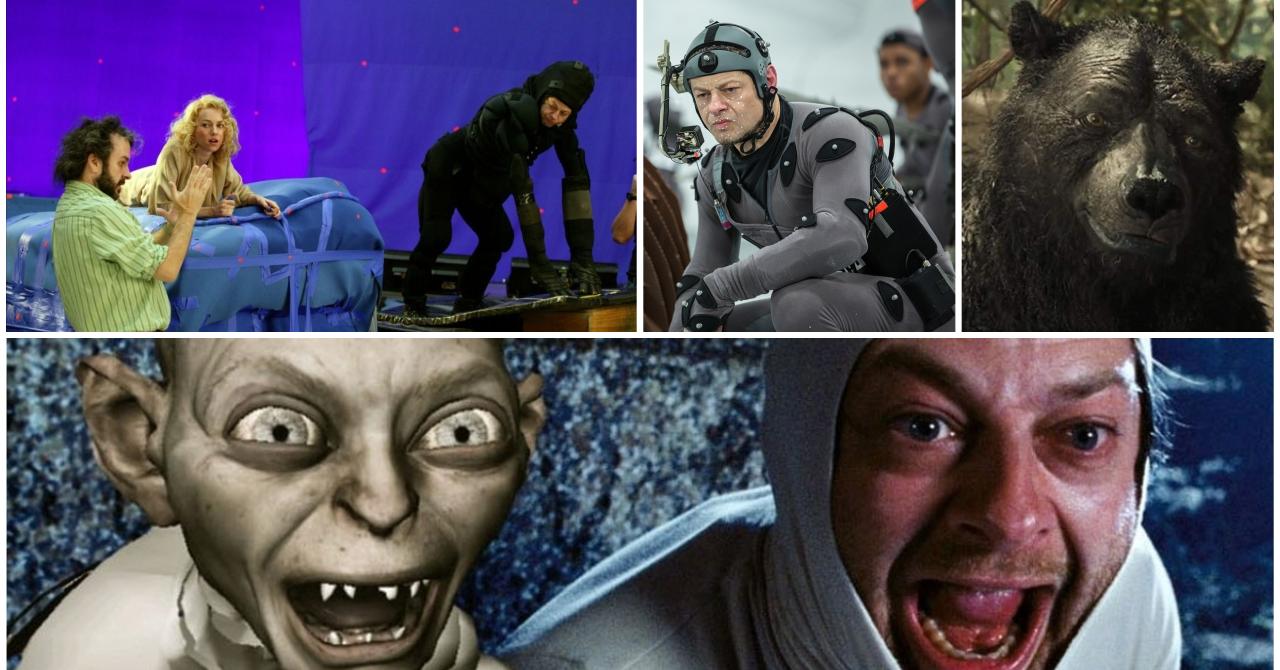Who invented the motion capture technique and when?
We are sure that there is no one who has not heard of The Lord of the Rings, which made the world feel that it would make a big impact when it first met with moviegoers in 2001.

The Lord of the Rings, which first appeared with a trilogy of books, became a bestseller with 150 million sales, and then met with moviegoers with a three-series feature film adapted from the book. Of course, each character in The Lord of the Rings managed to make a name for himself at least as much as the movie, but the character of Gollum was undoubtedly the most memorable character.
Those who watch the movie know that the character of Gollum in The Lord of the Rings was once a Hobbit named Smeagol and that he turned into Gollum after finding the ring, which is the leading role of the movie. Those who did not watch the movie recognized Gollum with the word "precious missss", which is on everyone's lips. Well, did you know that Gollum is not actually a computer effect, but actually animated by a human? The secret of Andy Serkis's continuing his role as Gollum, a different species that Smeagol transforms into after he finds the ring, while playing the hobbit character Smeagol, is the motion capture technique.
Motion capture (sometimes referred as mo-cap or mocap, for short) is the process of recording the movement of objects or people. It is used in military, entertainment, sports, medical applications, and for validation of computer vision and robots.
In fact, for many years, many different characters have been created by using computer effects in movies and brought together with moviegoers. However, the characters animated with the motion capture technique and the special clothing for this technique became more realistic on the screens. The Motion Capture technique is the process of placing a three-dimensional model on the object in a computer environment by detecting the motion points placed on a moving object and the movements of the object with a special camera. In particular, the exact transfer of mimics and movement points placed on the face onto the three-dimensional model with a separate motion-sensing camera attached to the head is provided by motion capture technique.
The motion capture technique used in successful and resounding films of cinema such as Lord of the Rings, King Kong, Planet of the Apes, The Hobbit, and Star Wars continues to take place on the big screen.
The patent application made by Lucas film in 2005 also signaled that the motion capture technique would appear more frequently on the big screen from now on.
With this patent application, the unknowns of the motion capture technique were also revealed. The method involves generating a spatial relationship between one or more support structures having at least one motion capture signal and at least one virtual structure corresponding to the geometry of an object to be tracked, and positioning the support structures on the object to be tracked. The method also includes determining an effective amount of ray traces between one or more camera images and one or more marks on the support structures, and aligning the detected effective beam trace quantity with a known sequence of marks to predict an orientation of the virtual structure.
In short, the motion capture technique, which seems complicated when looking at the patent language, is based on the fact that the actor plays his role by wearing a special outfit, and all body movements and mimics are detected and adapted to an imaginary character in the computer environment thanks to the sensors on the outfit.
Motion capture, which takes place in movies that create great excitement, has brought together many fantastic characters with moviegoers and it seems that it will continue to do so.
